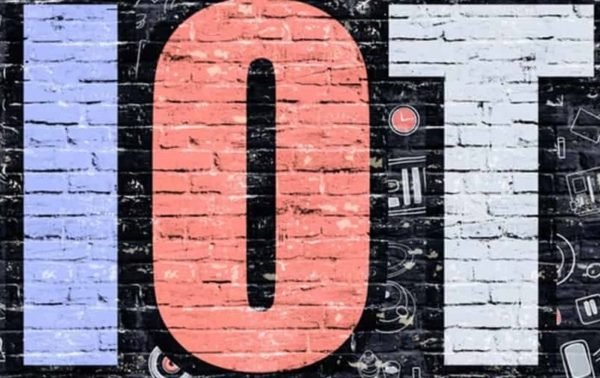Internet of Things : Goldmine for Hackers

Internet of Things Goldmine for Hackers
Internet of Things (IoT) is one of the ardent innovations in the world of computer science. The internet of things is being implemented in every domain in order to make things more convenient and improvise automation. Many experts claim that IoT is one of those areas in computer science which will remain evergreen throughout the coming decade. According to a survey, there will be 50 Billion electronic devices which will be having internet connectivity by the year 2020. Furthermore, the IoT market will touch a figure of 6.2 trillion US Dollars by 2025. This indicates the popularity of the internet of things in the modern world.
What attracts hackers towards IoT?
Despite such advantages, there is a dark side to this revolutionary innovation. As per the present day scenario, professional hackers can exploit IoT devices and can penetrate into any house network in a matter of few minutes. The houses operated via the internet of things as well as IoT devices serve as goldmines for hackers because they can extract personal and sensitive information once they find a loophole in the system. This might seem impossible but professional hackers can collect sensitive information such as private photographs, and can set up their own surveillance systems by penetrating in the electronic devices. Simple gadgets such as a coffee maker, vacuum cleaner, smart television and even air conditioners can be dangerous when we look at security from a hacker’s perspective.
Other drawbacks of IoT based systems
Apart from stealing private information, an exploited IoT network can be very dangerous for a nation’s economy too! When a large number of IoT devices or home networks are exploited by the hackers, they can use it as a system for launching a massive DDoS attack. The aforementioned activity can result in the shutting down of global services. Hackers were successful in doing such an attack in October 2016 in the form of Dyn Attack / Mirai Botnet Attack. The hack attack resulted in sudden shut down of major internet websites including Twitter, CNN, Reddit, and Netflix. Such attacks on government systems might result in a nationwide havoc because of sudden termination of internet service.
Moreover, the internet of things is very dangerous for individuals as well. In 2017, hackers demonstrated that cardiac devices such as pacemakers and defibrillators from St. Jude could be used as a medium to control other devices connected to that network. Apart from this, the devices connected through the internet of things can also serve as a gateway to control other assets of the victims such as mobile phones, temperature regulation systems, fire alarms, entrance gates and even vehicles.
Steps for securing IoT based systems
Such type of threats can be stopped by taking appropriate security measures during the product manufacturing itself. Apart from this, the task of maintenance of devices should be given only to the authorized and trained person. Apart from this secure implementation and regular security assessment is required. Last but not the least measure is that even the slightest irregularity in the functioning of any electronic device must not be neglected as it might be an indication towards unauthorized access.
Author: Yogesh Prasad
Information Security Professional | Cyber Security Expert | Ethical Hacker | Founder – Hackers Interview



